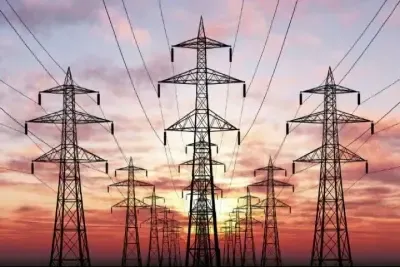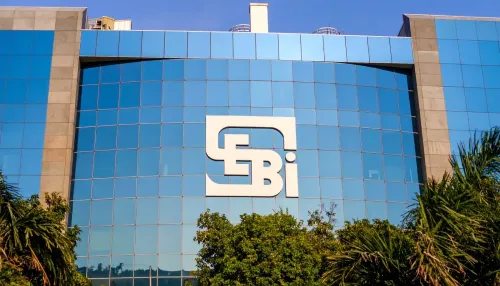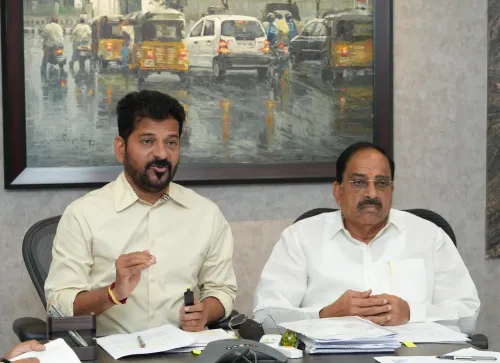How Will Power-Focused IFCs Capitalize on India's Energy Transition?

Synopsis
Key Takeaways
- P-IFCs are expected to keep a stable RoTA between 2.7% and 2.9%.
- India's power capacity is projected to hit 900 GW by 2032.
- A capital expenditure of Rs 32 lakh crore is necessary for expansion.
- P-IFCs will dominate over 50% of incremental funding.
- Healthy financial profiles position P-IFCs for growth.
New Delhi, Oct 29 (NationPress) Power-centric infrastructure finance companies (P-IFCs) are poised to uphold their profitability trajectory in the short term, with a return on total assets (RoTA) expected to remain steady between 2.7 percent and 2.9 percent, as detailed in a report released on Wednesday.
The report from ratings agency CareEdge Ratings highlights that P-IFCs will capitalize on the growing debt funding prospects in the power sector, as India amplifies its power capacity and transmission investments.
According to the National Electricity Plan (NEP), India aims to achieve a capacity of 609 gigawatts (GW) by March 31, 2027, and 900 GW by March 31, 2032.
This expansion necessitates a total capital expenditure of Rs 32 lakh crore for capacity addition and transmission infrastructure from FY26 to FY32, creating a substantial debt funding opportunity that P-IFCs are strategically positioned to exploit, as noted in the report.
With an increasing emphasis on enhancing power generation capacity to satisfy the country's energy demands, P-IFCs are anticipated to sustain robust growth and profitability in the near to medium term.
Thanks to their solid capitalization levels and improved gearing resulting from healthy earnings, P-IFCs are well-equipped to leverage their balance sheets and tap into the growth momentum within India's power sector.
Their strengthening financial risk profile and improved profitability, supported by stable margins and controlled credit costs, provide a reliable buffer to address the rising debt demands of the power sector.
Despite facing competition from other IFCs and Infrastructure Debt Funds (IDFs) in the power financing arena, CareEdge Ratings forecasts that P-IFCs will maintain a commanding share of over 50 percent in incremental funding for the power sector.









